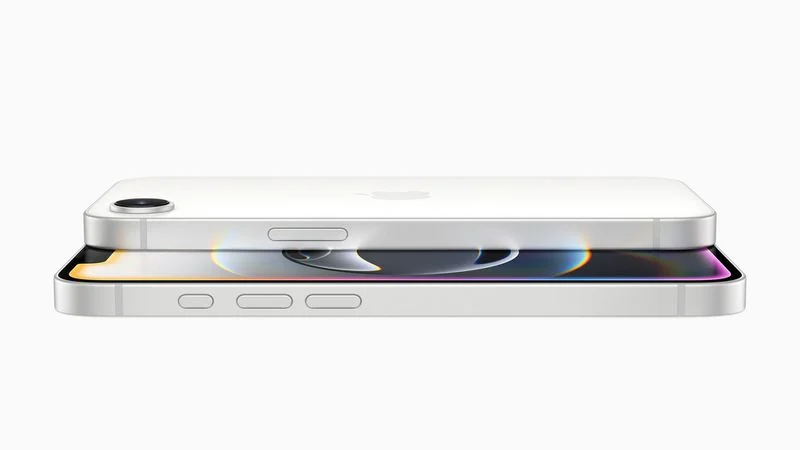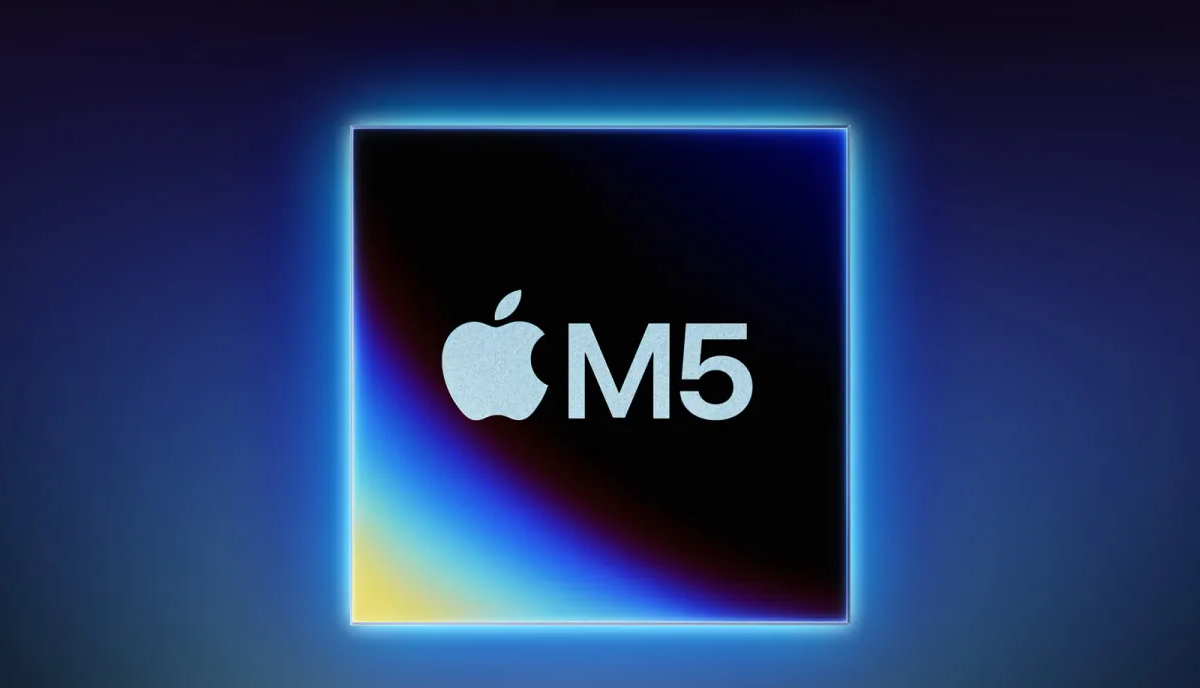Apple is bringing exciting updates to its Apple News+ service with the release of iOS 18.4 and iPadOS 18.4. Soon, subscribers will enjoy a fresh section called Apple News+ Food, packed with thousands of recipes, restaurant tales, healthy eating advice, kitchen must-haves, and more.
The content will be sourced from popular food magazines and websites like Allrecipes, Bon Appétit, Food & Wine, Good Food, and Serious Eats. These well-known names will fill the section with tasty ideas and helpful tips.
Apple News editors will handpick the best food stories to share with readers. Plus, there’ll be a special Recipe Catalog area where new dishes are added often. A handy cook mode will guide users through each step of a recipe, making it easy to follow along. Subscribers can also save their favorite recipes to use even without an internet connection.
This delicious upgrade, Apple News+ Food, will roll out to all Apple News+ users when iOS 18.4 and iPadOS 18.4 launch in April. It’s a great way to explore new meals, get cooking inspiration, and learn more about food—all in one place!





